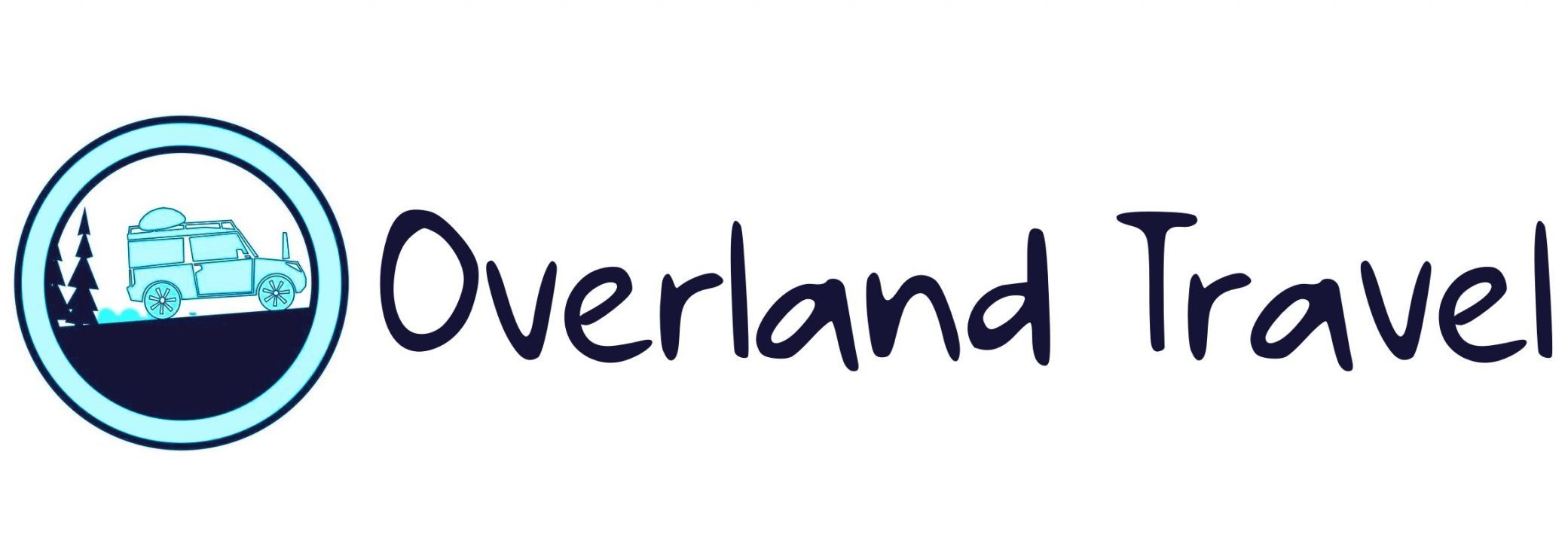Outback & a robber – who pours water out of his ears
The Australian Outback is impressive.
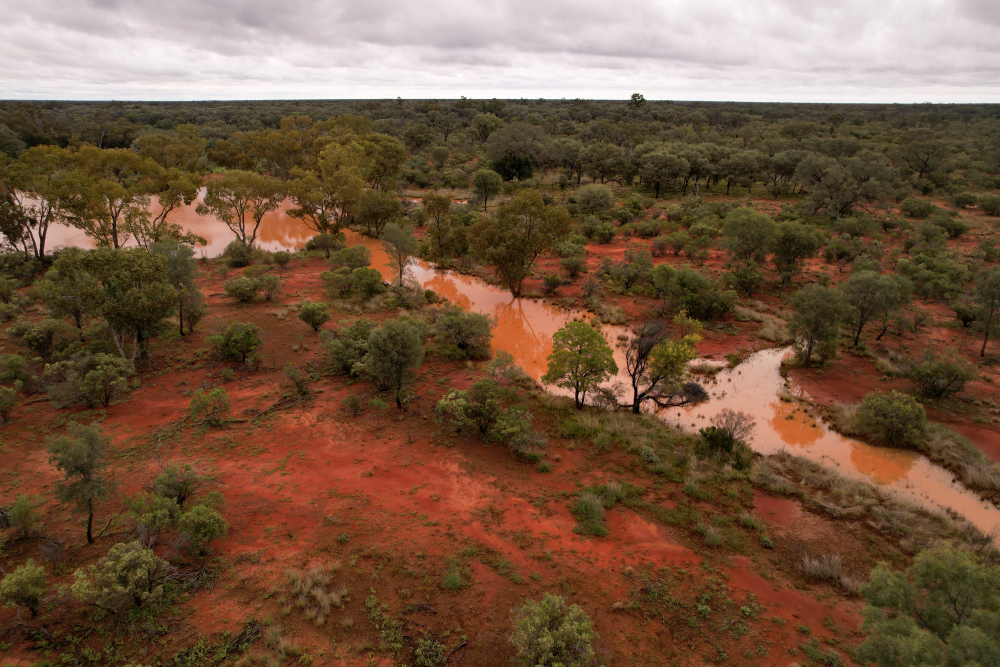
The different types of landscapes are so fascinating that we can take 1000 photos without getting full. The only thing we can get tired of are all the flies and mosquitoes. They want to eat us alive and we eagerly applaud them for their efforts - however, there are always more who survive - than die. Sus has even taken a fly net over her head, which is meant to put over a table of food.
What you don't do in times of need.
Over a few days, we drive 500 km of gravel and dirt roads and become more familiar with the Australian Outback - but everything has an end.
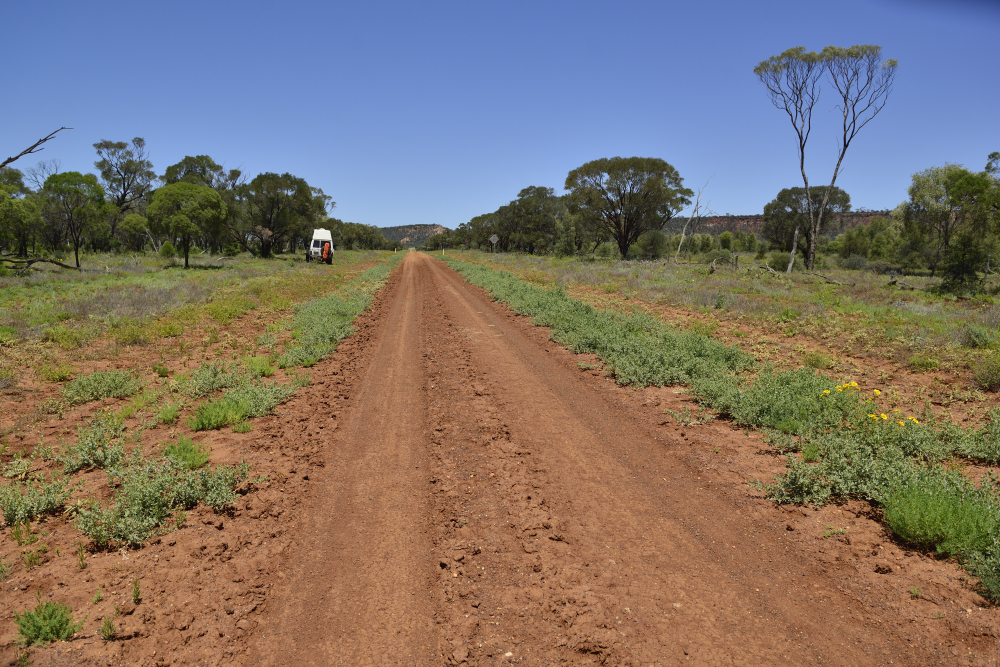
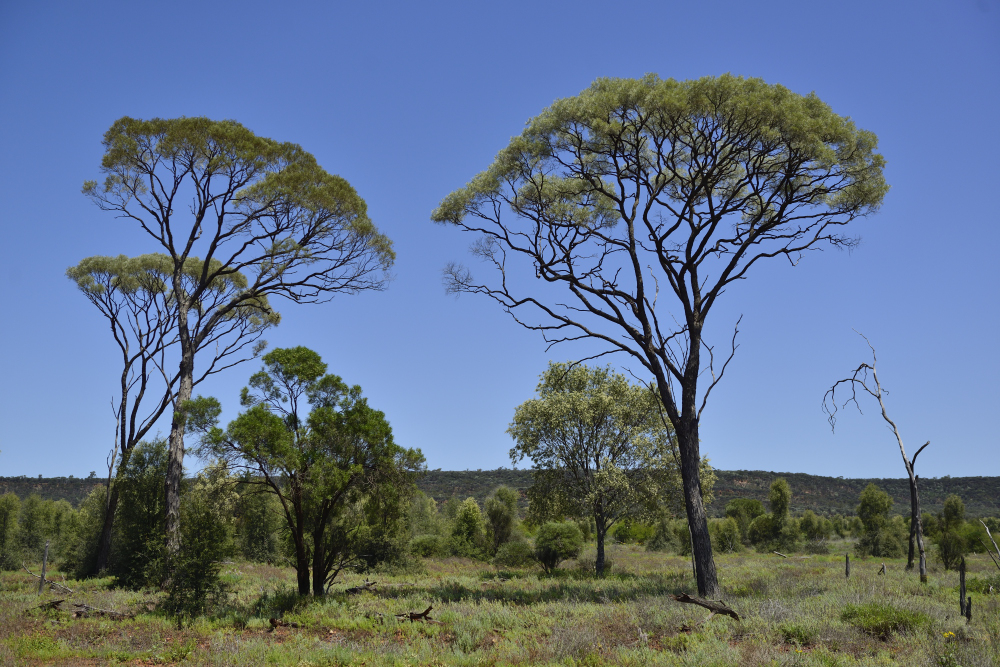
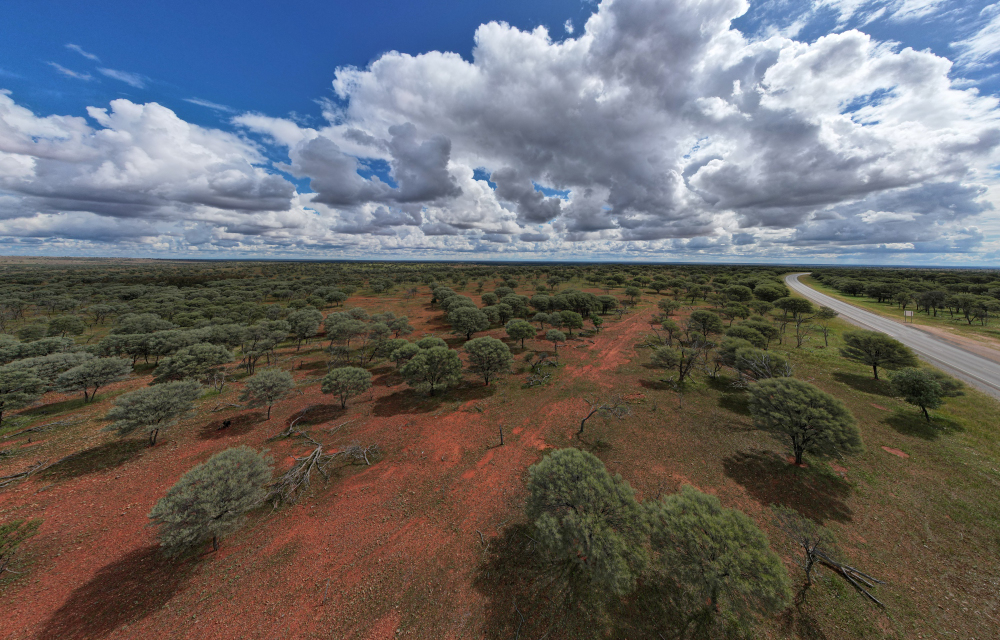
A warning of thunder, storm, rain and flooding means that we have to set course for the asphalt roads again.
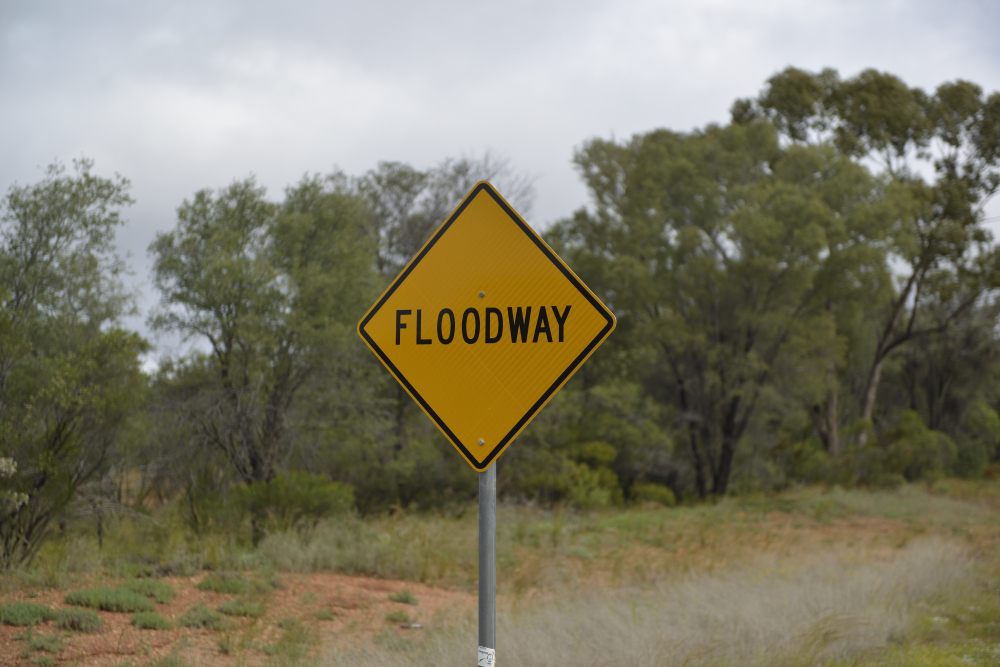
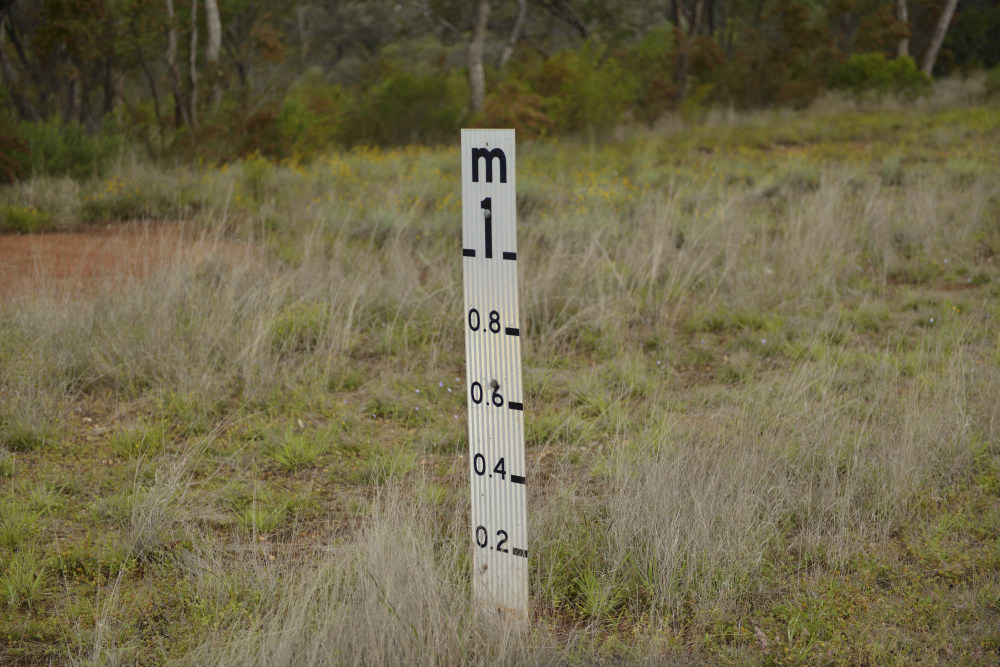
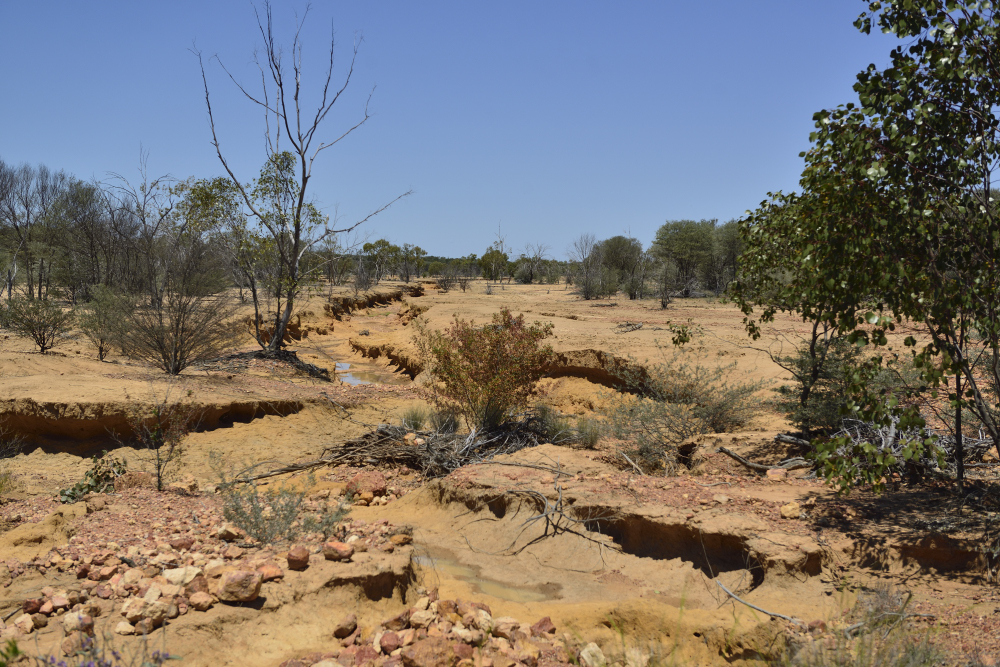
We end up in the town of Cunnamulla, where we try to find some sights while we ride out the storm.
There isn't really anything in the small town – out in no man's land.
However, we find the story of the bank robber Joseph Wells, who in 1880 tried to rob the Queensland National Bank with his six-runner. The project failed and poor Joseph ran into the bush and hid in a tree until he fell. He was convicted and hanged 10 weeks after his crime. The tree has been well looked after - it is now a sight to see.
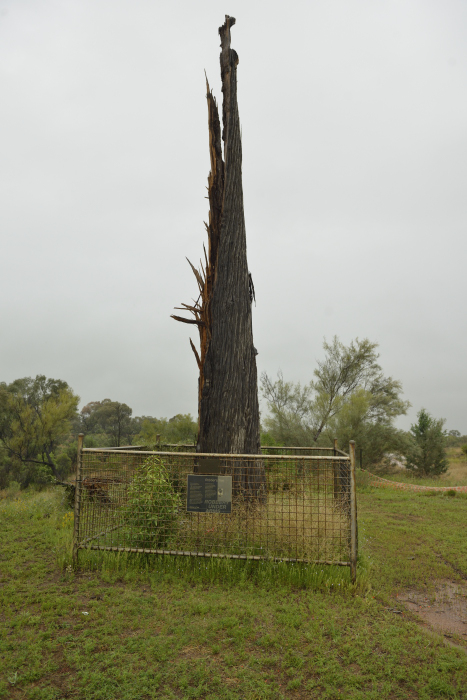
Sight and sight – that's really saying a lot – because a lightning strike pretty much destroyed the tree. But it illustrates quite well that out in the countryside, you grasp at the tiniest straws for the entertainment value...
We also meet a gold mining town, in the old days wealth was hauled up from the ground - for long distances - now employment has fallen a little in that industry - however, it is still very large amounts that the mine produces and has changed hands for within the last five years.
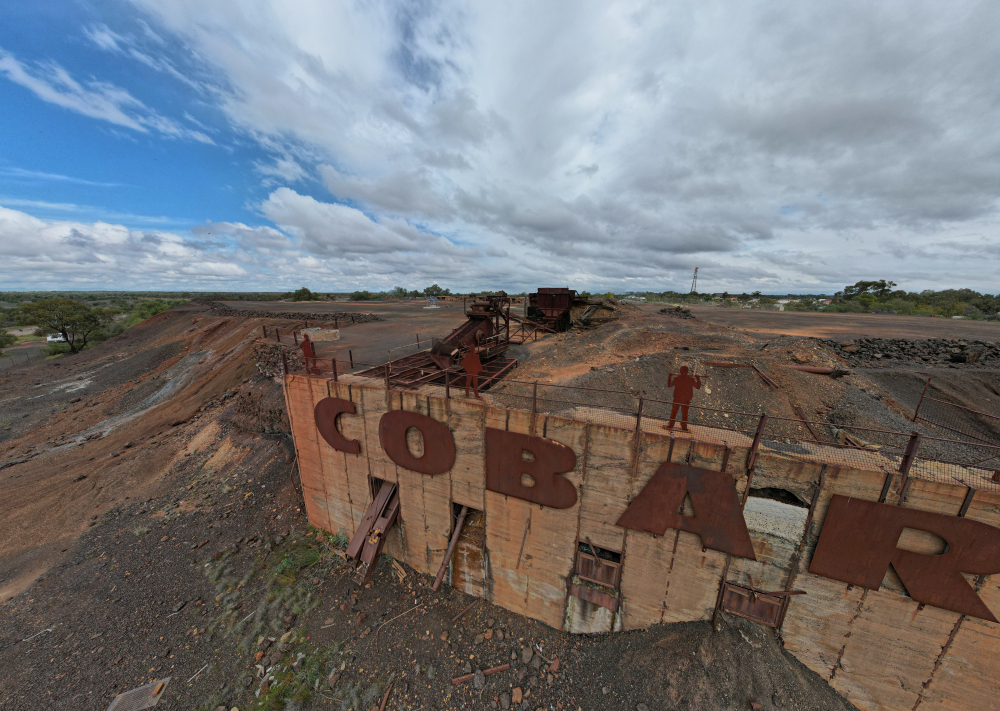
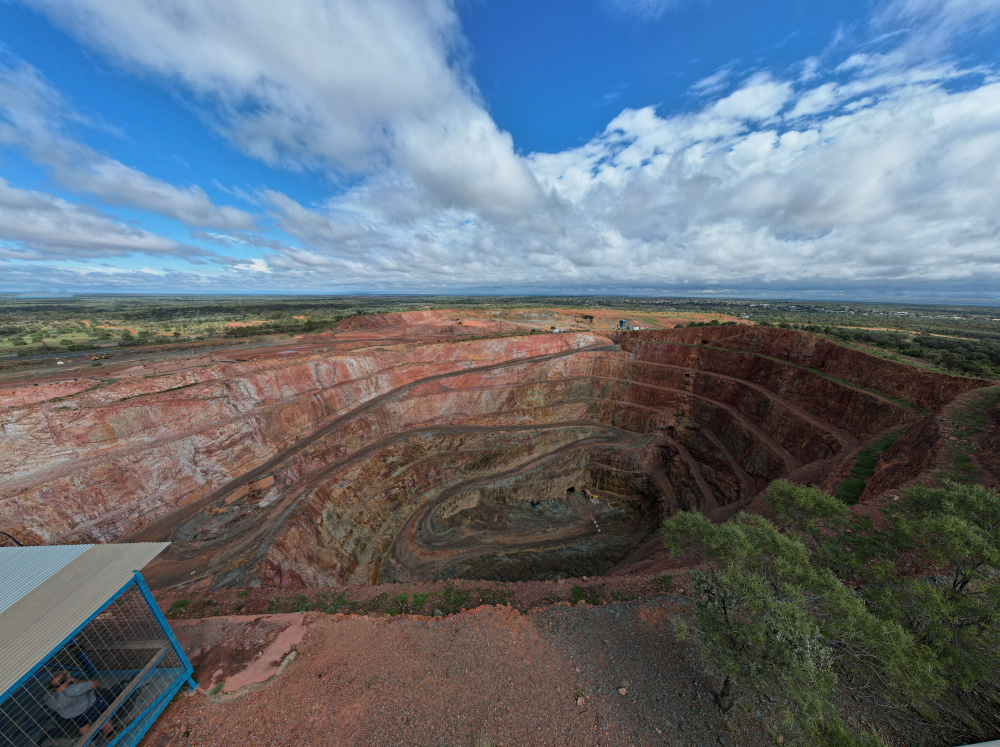
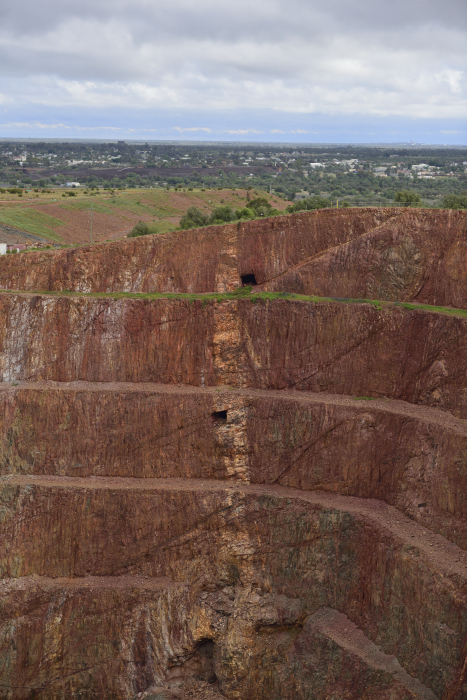
You have to like the special outback landscapes and the feeling of "nothing". Remember that Australia is only slightly smaller than the total area of Europe. If they were to have the same population density – there would be 540 million inhabitants. They are currently around 28 million - so there is a lot of space for "nothing" and open spaces.
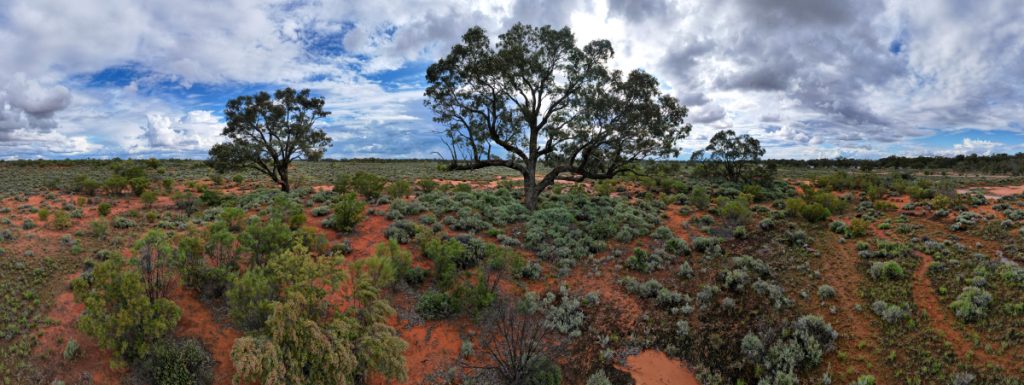
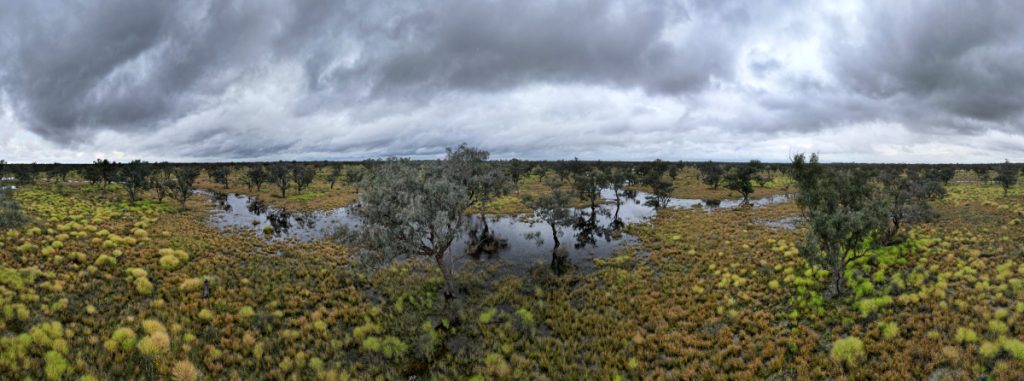
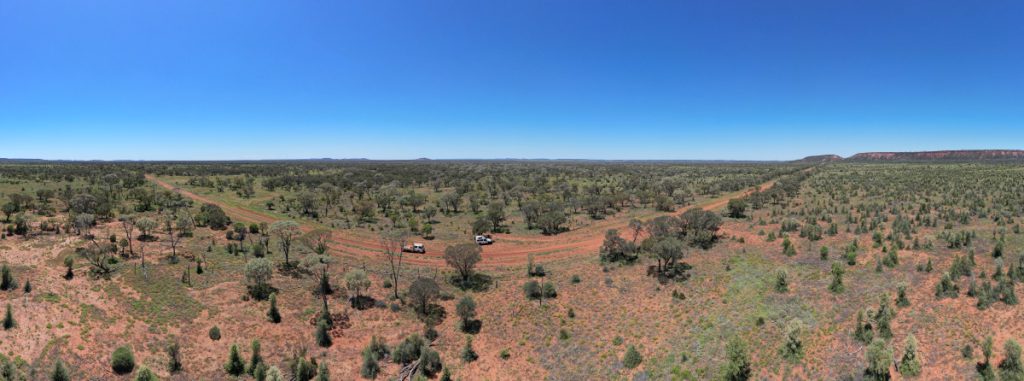
In North Bourke we begin to see things, the fall of rain causes the Darling River to overflow its banks and the Polygoon Swamp to flood. Fortunately, we have not been exposed to the completely wild weather, but there is still a warning. We still got away with a little rain and a bit of thunder at night. A bit like Danish autumn weather.
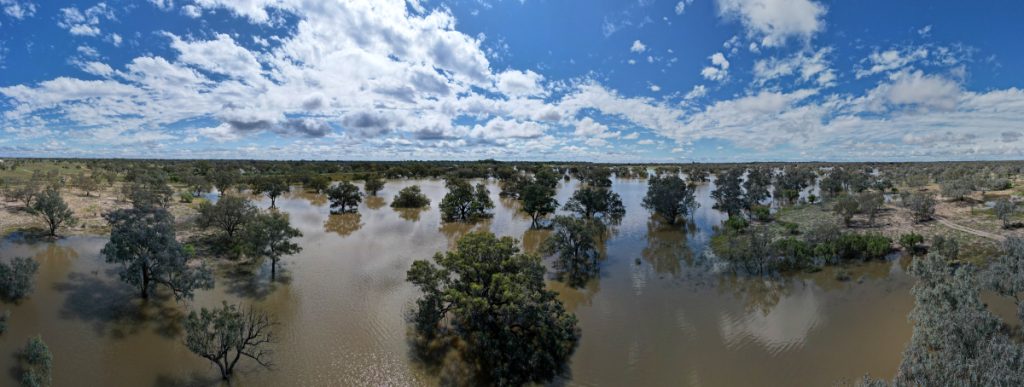
But the dirt roads are closed to driving - partly to avoid them being plowed up - partly to avoid foolishly unprepared motorists being stranded and dying of hunger and loneliness.
En route in New South Wales, we encounter flooding which affects the general road network. Water from the north has been in the River Lachlan for 7 days and is running over the tarmac.
On the way down to our next overnight stay, we are informed that the road is closed to light vehicles... but what are they?
We see motorbikes and ordinary cars continuing in our direction, so we take the chance and continue. After 200km we reach the flood site and are told that large 4×4 cars and trucks must be allowed to cross the water at their own risk - the rest are kindly asked to turn around.
Keep to the middle of the road, limit your speed to a maximum of 15 km/h and don't stop - these are the words we are sent off with.
At first it is not that deep... but after a distance of about 70-80 metres, the water level gauges sneak up to 45-50cm anyway. A total of 200m to be crossed - most river crossings in Iceland, for example, are 25-50m wide - so it helps to keep a steady and calm pace.
Water is definitely a factor when driving in the Australian Outback - both if you have too little and too much.
